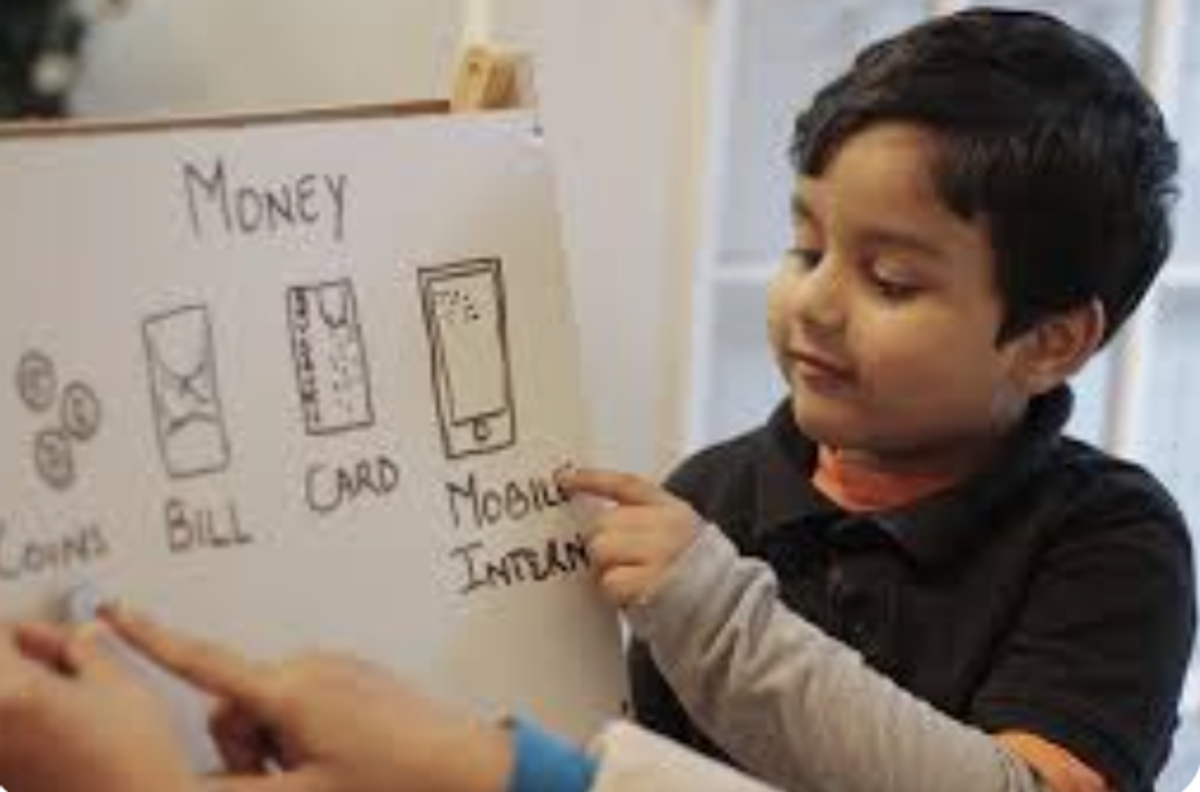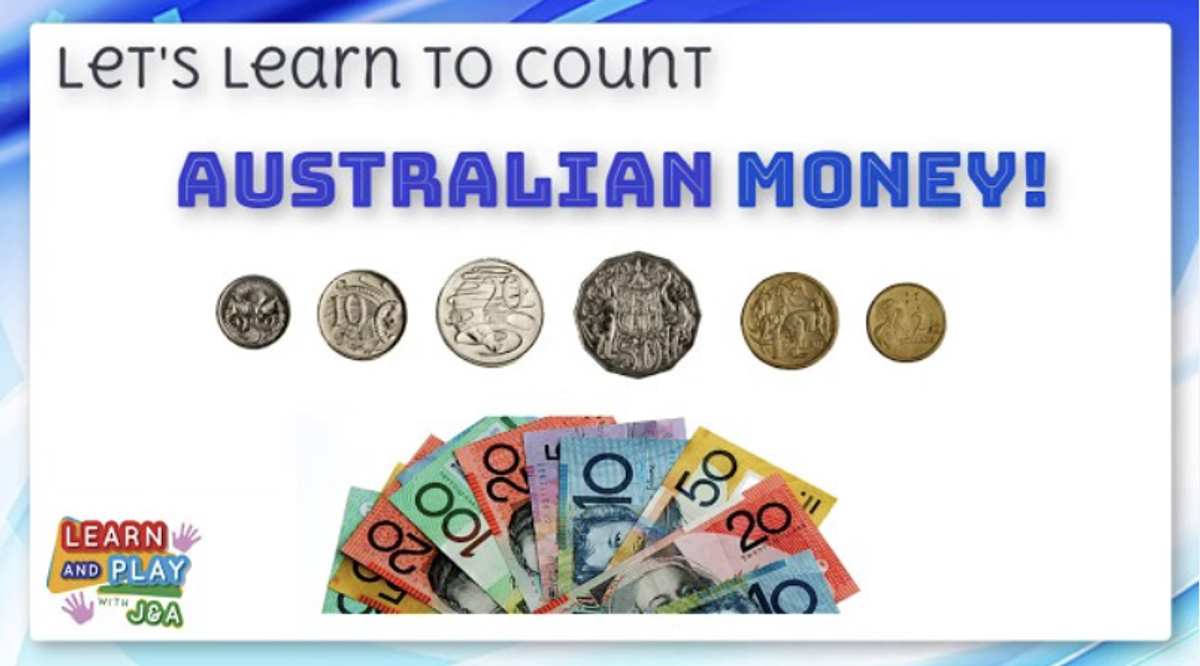Mathematics News
Ms Nellie Girgenti
Coordinator

Mathematics News
Ms Nellie Girgenti
Coordinator
Dear Parents,
Teaching children about money helps them understand the importance of mathematics in real life and can help set them up for future financial security. Understanding money from a young age is a valuable life skill.
Here are some tips to promote mathematical knowledge and encourage financial awareness at home.
Primary school is a great time to start learning about financial literacy and talking to your children about money. This is an effective way to help your children understand personal finance. Explain how you arrive at financial decisions, what’s in your budget (or if you don’t have one, why not do one together?) and how different aspects of dealing with money make you feel. Talk about the mathematics involved in financial decision-making. Where possible, encourage children to make their own financial decisions with things like pocket money or savings.
Talk about the different ways of paying for things – from cash and traditional debit or credit cards to paying with contactless cards or even using your mobile phone. Have they seen any of these in action?


Talk about some of the pros and cons of payment methods – e.g. using a contactless card is quick and easy, but there’s a limit to how much can be spent in one transaction. Explain that when you tap your card, it talks to your bank where your money is. When you tap to pay you use money that you've made by working and saving. Each time you tap and pay, you have less money in your account at the bank.
Show younger children the coins and notes you have in your purse or wallet and ask them to help you count them. Talk about the different sizes, colours and numbers on them and how many different coins and notes there are altogether.
A sense of monetary value and different types of banknotes is a financial lesson you can gently introduce your child to once they know how to count. Sit down with your child and show them 2 items of varying value – for example, a toy car, a video game or a bar of chocolate. Give them some $1 and $2 coins as well as a $5, $10 and $20 note and ask them what notes and coins they would need to buy each item.


Kids love helping with the shopping. Tapping into this sense of responsibility is a great way to develop their financial literacy. You can ask them to help you create a mini-budget, give them the task of putting those items into their trolley, and then practice adding up what they cost.
You could give this activity a try:
Learning how to add coins can be tricky for children, particularly children who aren’t confident with maths. Here's how to make it simpler and more fun:


Incorporating these practical ideas at home will help you give your child real-life mathematical experiences and begin building a solid foundation in financial literacy that will benefit them throughout their lives.
Thank you for continuing to support your child’s journey to understanding how mathematics is applied in everyday decisions and preparing them for a successful future.
Kind regards,
Ms Nellie Girgenti
Coordinator and Year 4 teacher